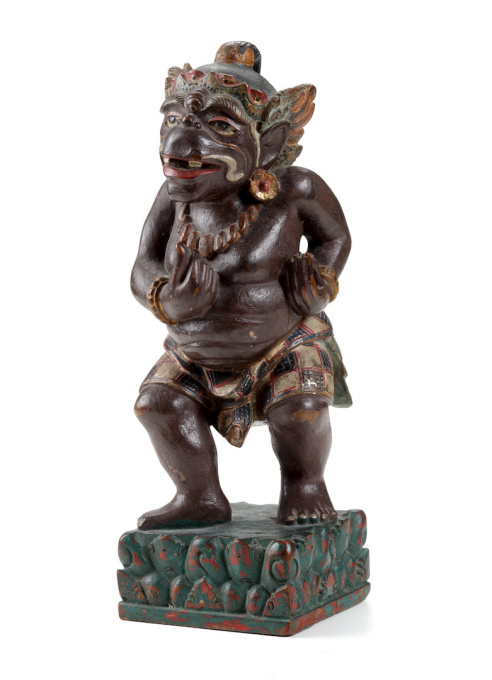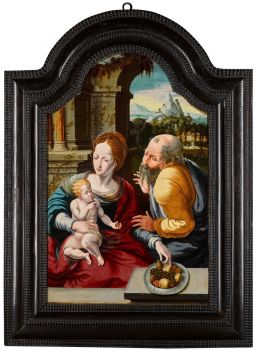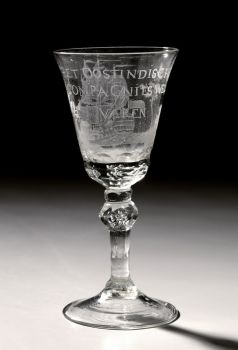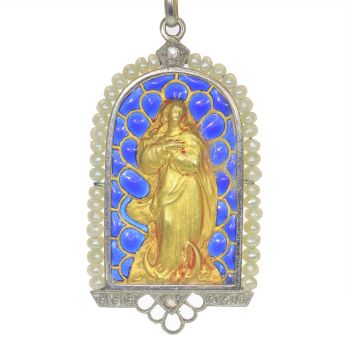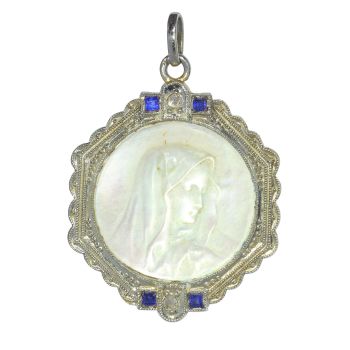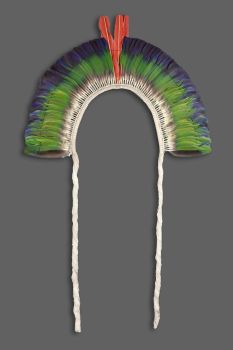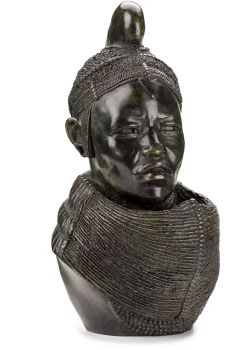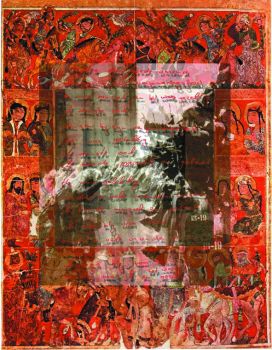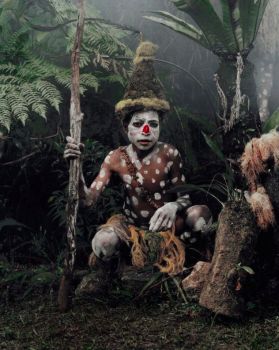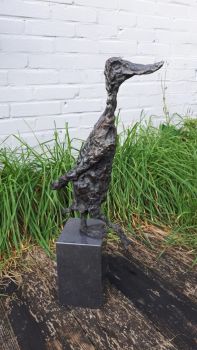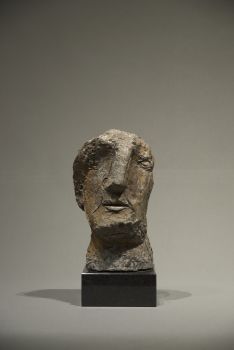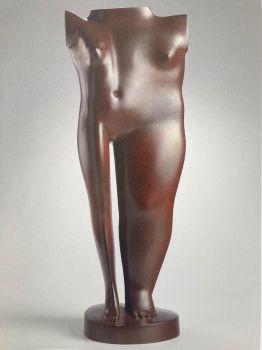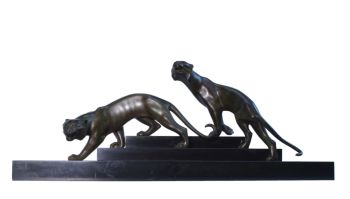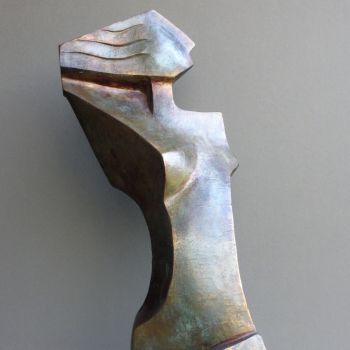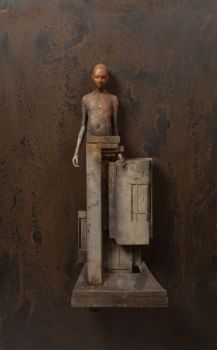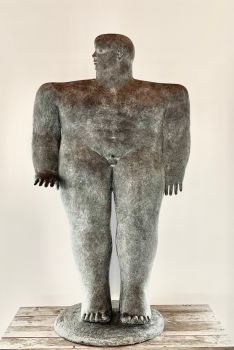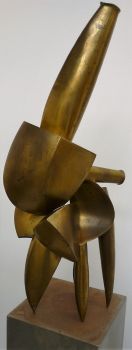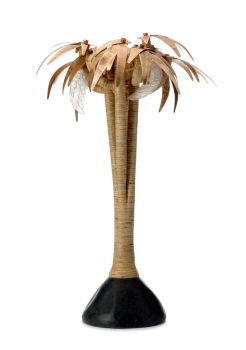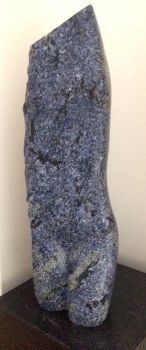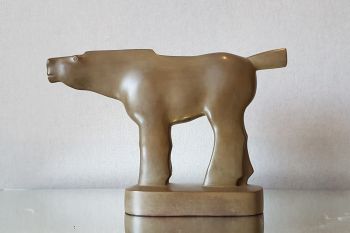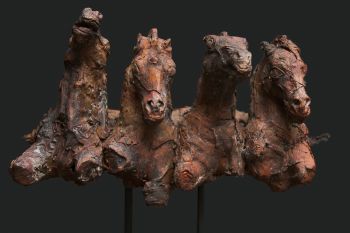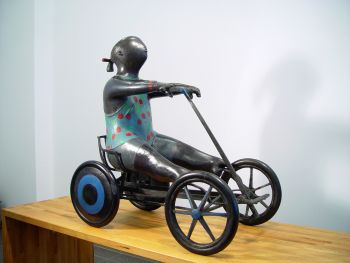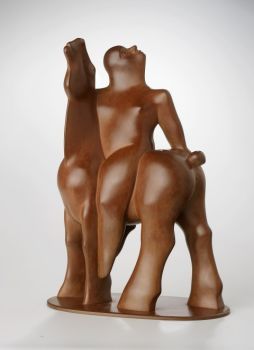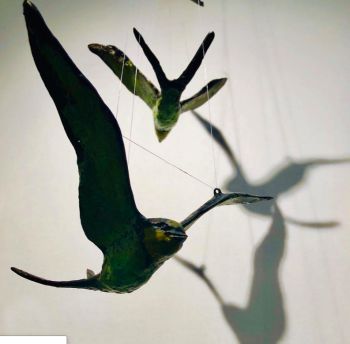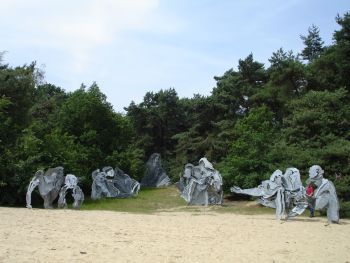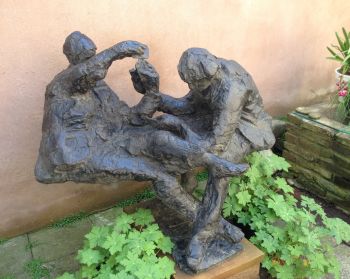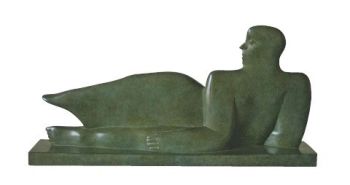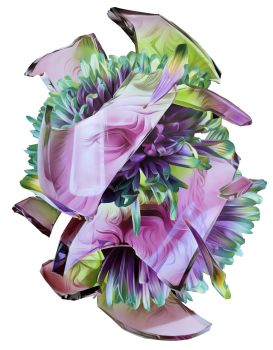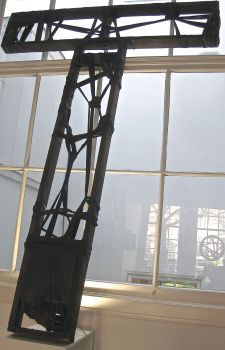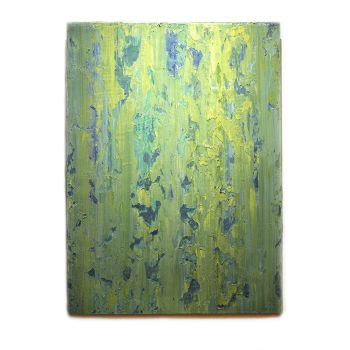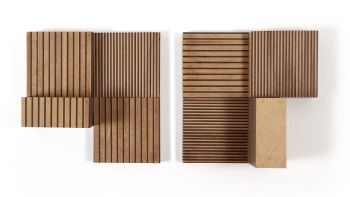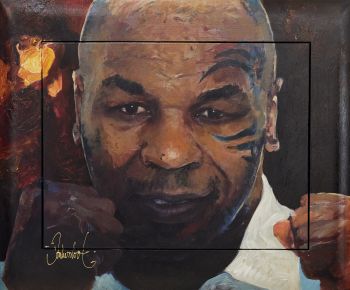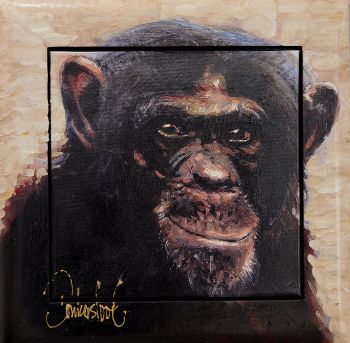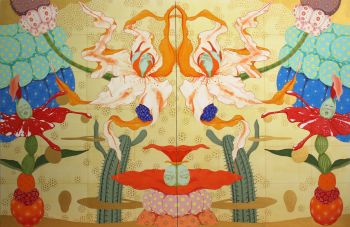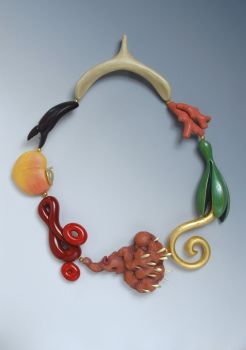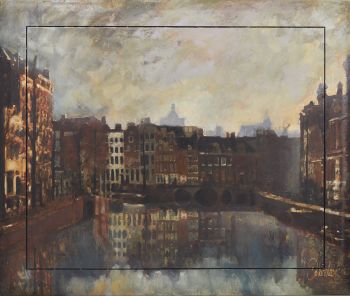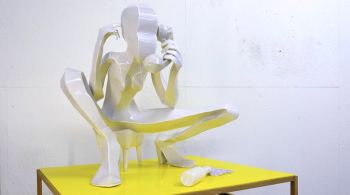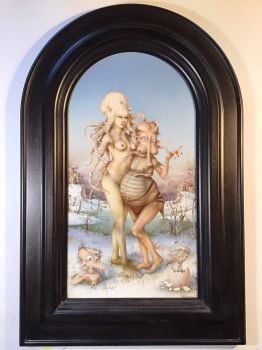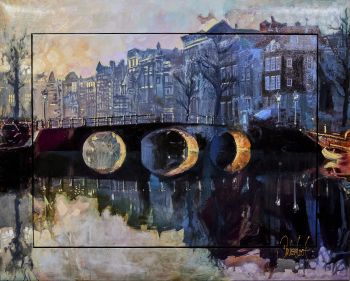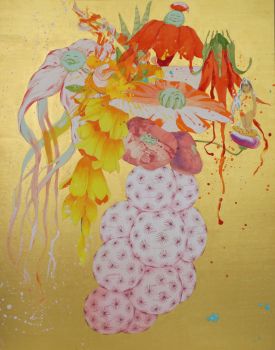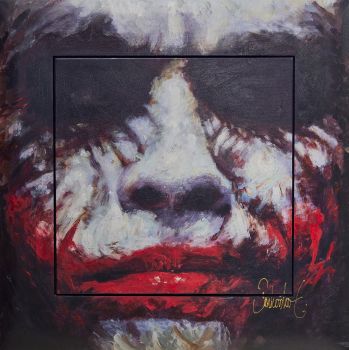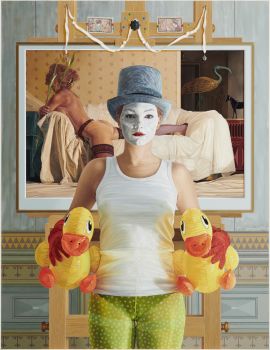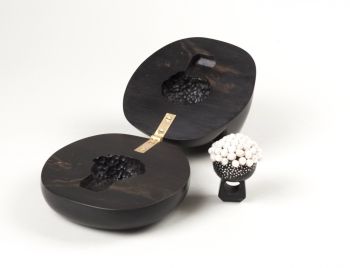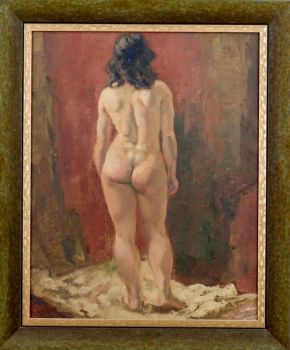UNE RARE STATUE EN BOIS POLYCHROME BALINOIS DE TWALEN 1890 - 1910
Artiste Inconnu
Bois
32 cm
Actuellement indisponible via Gallerease
Zebregs & Röell - Fine Art - Antiques
- Sur l'oeuvre d'artNorth Bali, Singaraja, late 19th/early 20th century
Standing on a square lotus base, in dancing pose, wearing a traditional cloth and crown.
H. 32 cm
Note:
Twalen is the most powerful and mysterious of the four short, squat clown-like figures who serve as advisers and sidekicks of the main princely protagonist of Balinese stories. Known as punakawan, Twalen and his junior sidekick, Merdah, are on the side of the hero of the story, whereas Delem and Sangut, are on the side of the hero’s nemesis.
The roles of punakawan can be compared to the Shakespearean fool because they are wise, often wiser than the prince, despite their antics and uncouth behaviour. Twalen also carries a mystical aura of representing the old pre-Hindu gods. He is much revered in Bali. His Javanese counterpart is known as Semar.
The characteristics – short dwarf-like body, legs and arms, a large head with an animal-like snout, two widely spaced teeth, bare breast, large belly, checkered (kain poleng) sarong, a flower behind his ear – are all standard. The crown he wears indicates royal origins despite his rough exterior.
The statue was probably part of a set of four depicting all four punakawan. Such images were sometimes kept within temples but in the beginning of the 20th century also were produced to sell outside temples, to the Dutch.
We are grateful to Bruce Carpenter for his assistance with this catalogue entry.
- Sur l'artiste
Il peut arriver qu'un artiste ou un créateur soit inconnu.
Certaines œuvres ne doivent pas être déterminées par qui elles sont faites ou elles sont faites par (un groupe d') artisans. Les exemples sont des statues de l'Antiquité, des meubles, des miroirs ou des signatures qui ne sont pas claires ou lisibles, mais aussi certaines œuvres ne sont pas signées du tout.
Vous pouvez également trouver la description suivante :
•"Attribué à …." A leur avis probablement une oeuvre de l'artiste, au moins en partie
•« Atelier de …. ou « Atelier de » À leur avis, une œuvre exécutée dans l'atelier ou l'atelier de l'artiste, éventuellement sous sa direction
•« Cercle de… ». A leur avis une oeuvre de la période de l'artiste témoignant de son influence, étroitement associée à l'artiste mais pas forcément son élève
•« Style de … ». ou "Suiveur de ...." Selon eux, une œuvre exécutée dans le style de l'artiste mais pas nécessairement par un élève ; peut être contemporain ou presque contemporain
•« Manière de… ». A leur avis une oeuvre dans le style de l'artiste mais d'une date plus tardive
•"Après …." A leur avis une copie (quelle qu'en soit la date) d'une oeuvre de l'artiste
•« Signé… », « Daté… ». ou « Inscrit » À leur avis, l'œuvre a été signée/datée/inscrite par l'artiste. L'ajout d'un point d'interrogation indique un élément de doute
• "Avec signature ….", "Avec date ….", "Avec inscription …." ou "Porte signature/date/inscription" à leur avis la signature/date/inscription a été ajoutée par quelqu'un d'autre que l'artiste
Êtes-vous intéressé par l'achat de cette oeuvre?
Artwork details
Related artworks
Artiste Inconnu
A pair of angels Antwerp, 17th century, Carrara marble17th century
Prix sur demandeFrederik Muller
1 - 4 / 12Artiste Inconnu
UNE TÊTE DE PLUME TRIBU JURUNA1900 - 1950
Prix sur demandeZebregs & Röell - Fine Art - Antiques
1 - 4 / 8- 1 - 4 / 24
- 1 - 4 / 24
Artiste Inconnu
UN RARE GRAND TÉLESCOPE EN CUIR LAQUÉ JAPONAIS1750 - 1800
Prix sur demandeZebregs & Röell - Fine Art - Antiques
Artiste Inconnu
A large Japanese Imari porcelain 'VOC Groningen' dish1800 - 1925
Prix sur demandeZebregs & Röell - Fine Art - Antiques
Artiste Inconnu
UNE COLLECTION DE QUATRE BOÎTES À BIBLE EN IVOIRE SRI LANKAN18th century
Prix sur demandeZebregs & Röell - Fine Art - Antiques
Artiste Inconnu
A rare Japanese export lacquer medical instrument box1650 - 1700
Prix sur demandeZebregs & Röell - Fine Art - Antiques
1 - 4 / 12

